
Hold on. Wasn’t that… um… ?
Oh. It’s right on the tip of my tongue…
How many times have you found yourself searching for the right word? Grasping for the memory that slid away?
It’s usually followed by some kind of excuse: You’re tired. It’s been a long day. You have a lot weighing on you.
For most modern-day humans, the justifications we find for having a poor memory are many. We’re busy, overworked, and constantly overwhelmed.
We don’t have the mental or emotional energy to remember all the stuff we need to! Or at least that’s what we tell ourselves.
But that’s where yoga for concentration and memory comes in — a key ingredient in the secret sauce of memory masters.
There are always people out there, defying the perceived odds. Giving a TED talk without flinching. Remembering the names of people they met once, years ago. Capturing (and retaining) an almost superhuman amount of information. (Sound like anyone you know?)
With the right tools and strategies – consistently applied – you can find yourself among the ranks of those with a magnetic memory.
That’s why Anthony asked me to write this post — to uncover exactly why yoga to improve memory works, how yogic practices can improve concentration and focus, and the benefits you’ll get from these practices.
I’ll summarize some of Anthony’s findings on the “yoga of memory,” dive into the science behind the practices, and draw on my experience of teaching (and practicing) yoga and mindfulness since 2008.
Here’s what this article will cover:
How Yoga Can Improve Concentration and Memory
Yoga to Improve Memory: Asana
Yoga to Improve Concentration: Pranayama
Yoga for Concentration and Memory: Ātma Vichār
Recommended Reading
Yoga to Increase Concentration and Memory Power
So grab your yoga mat or meditation cushion and let’s get started!
How Yoga Can Improve Concentration and Memory
Taken on their own, memory and mindfulness are both huge topics, with enough research and literature to fill entire libraries.
But for the purposes of today’s post, we’ll explore the overlaps — and look at 17 specific poses and practices you can use to improve your brainpower.
We’ll begin by examining some of the biggest physical (and mental) reasons your memory might be limited.
Suffering and the Lizard Brain
Suffering impedes memory. Plain and simple.
When you struggle, stress, or suffer, pain distracts from your consciousness. Or, even worse, it can become consciousness.
You’ve likely heard the term “fight or flight” — it’s the mechanism the human “lizard brain” once used to keep us from being eaten by sabertooth tigers.
But we’re no longer in danger of being attacked by prehistoric beasts, and these days the sympathetic nervous system response is overkill. Humans live in such a constant state of nervous system arousal that what was originally designed to keep us safe is now killing us.
Acute stress activates the sympathetic nervous system, causing spikes in adrenaline and cortisol. While chronic stress causes the body to switch into survival mode, and most people don’t have the mechanisms to get out.
But there is a better way.
How to Counteract Fight or Flight
To counteract chronic stress and sympathetic nervous system overdrive, you need to flip the switch on your parasympathetic nervous system — the “rest and digest” counterpart.
To activate the parasympathetic nervous system, bring your awareness to the current moment. One of the best ways to bring your mind to the present is to shift your awareness to the breath.
One of the key tenets of yogic practice is that to control the mind, you must first control the body.
So let’s look at the 5 key body systems involved, including why they help keep your brain healthy.
1. Nervous System
The nervous system transmits signals from the rest of the body to the brain (and back again). Along with the sympathetic and parasympathetic halves of the system, scientists are starting to understand the key role the vagus nerve plays in nervous system response.
The vagus nerve is a cranial nerve that carries a range of signals from the brain to the digestive system. It is involved with parasympathetic control of the digestive system, as well as the lungs and heart.
Connection to brain function:
The fine motor movements involved in doing yoga poses help to support brain health.
2. Digestive System
The digestive system includes not just the gastrointestinal tract (stomach and intestines) but also the tongue, salivary glands, pancreas, liver, and gallbladder. When you eat, the digestive system breaks down food so your body can use the nutrients you consume.
It’s also home to the enteric nervous system, more commonly called the “second brain.” This system communicates back and forth with the brain, resulting in what many people call a “gut feeling” or intuitive hit.
Connection to brain function:
The digestive system fuels the brain, turning food into nutrients (glucose and ketones). Twisting yoga poses help support digestive function by gently compressing and releasing the internal organs.
3. Endocrine System
The endocrine system is a collection of glands that produce hormones responsible for regulating a wide range of body functions. These include the hypothalamus, thyroid, and adrenal glands.
Ask anyone with a thyroid condition how important these small glands are to their quality of life and you’ll hear stories of everything from brain fog to hair loss to extreme fatigue. Keeping the endocrine system running at full capacity is key to wellbeing.
Connection to brain function:
The hormones produced and secreted by the endocrine system provide feedback to the brain and influence neural processing. Yoga poses provide compression to the glands in the endocrine system, helping regulate their secretions.
4. Cardiovascular System
The cardiovascular system is made up of the heart and blood vessels. This system carries nutrients and hormones to cells as well as circulating oxygen, and also removes waste materials like carbon dioxide.
According to the Cleveland Clinic, happiness and a strong sense of emotional vitality help lower your risk of heart disease — a regular yoga and meditation practice can help you develop that emotional regulation.
Connection to brain function:
Yoga poses and breathing techniques help keep the cardiovascular system healthy, maintaining good circulation of both blood and nutrients to the brain.
5. Respiratory System
Closely connected to the cardiovascular system (and part of the circulatory system), the respiratory system is comprised of your lungs and connected airways.
Oxygen is a necessary component for every single body system, and the respiratory system is how it gets from outside your body into your cells. Breathing practices are a key component to yoga, and regular practice keeps the respiratory system strong.
Connection to brain function:
Increased oxygen intake helps the brain function better. In fact, a 2020 study conducted by the German Center for Neurodegenerative Diseases shows the association between cardiorespiratory fitness and gray matter volume.
All five of these systems play a role in maintaining brain health. But there’s one additional component that goes beyond physiology. In the end, the limits on your health and memory capacity come down to perception.
Do you perceive a portal to unlimited capacity… or a closed gate?
Modern Science Meets Ancient Understanding
There’s a lot we still don’t understand about the brain — even the best neuroscientists discover new things every day.
But when scientists study a new phenomenon, there’s a good chance their findings will substantiate something that was already common practice thousands of years ago.
For example, advanced neuroimaging techniques show that the brain, based on experience, constantly rewires itself. When you repeat a pattern of action or thinking over and over, neural pathways are created and deepened.
To find a parallel, look no further than the ancient yogic understanding of samskaras (the subtle impressions of our past actions).
The Yoga Sutras of Patanjali – an ancient text written as the handbook to understanding and practicing all 8 limbs of yoga – begins with a definition of “yoga” in the second verse:
yogaś citta-vṛtti-nirodhaḥ
Loosely translated, it means that “yoga” is the restraint of the modifications of the mind-stuff. In plain English, yoga helps us control fluctuations in the mind — and by controlling the mind, we gain control of everything else in our lives.
The practice of hatha yoga – the physical asanas and the 3rd limb of yoga – was designed to help the body sit comfortably in meditation. And modern research has shown the many physical and mental benefits of yoga:
- Positive effect on the structure and/or function of the hippocampus, amygdala, prefrontal cortex, cingulate cortex, and brain networks including the default mode network (DMN).
- Boosts the brain’s cognitive abilities linked to goal-directed behavior and the ability to control knee-jerk emotional responses, habitual thinking patterns, and actions.
- Positive impact on stress response and cognitive abilities.
- Reduces the stress hormone cortisol at the level of the hypothalamus.
- Demonstrates a strong connection between movement and improved cognition.
In the end, the benefits of yoga are demonstrated both through scientific research and thousands of years of personal experience.
But can yoga really boost your memory?
Let’s see.
Yoga for Memory Power? Really?!
I get it. There are lots of articles and mindfulness teachers who say some pretty out-there things about the benefits of yoga. But is it true? Can you really use yoga to improve memory?
To cut through the hype, here are a few more studies and examples demonstrating the positive impact of yoga and meditation.
Researcher Christian Gaser from Jena University Hospital in Germany ran a small study that showed the brains of people who meditated were, on average, 7 years younger than the person’s actual age.
London taxi drivers need to memorize a snarl of 25,000 city streets, which leads to them having a larger-than-average hippocampus.
And one of Anthony’s favorite examples is this guy, who can recite any called-upon passage from the Bhagavad Gita (another ancient yogic text):
Talk about concentration!
Next, let’s look at 6 of the best yoga asanas for concentration and memory.
Yoga to Improve Memory: Asana
Can yoga improve memory? If the studies and examples above didn’t convince you, give yoga a try for yourself.
Please note: one yoga class isn’t going to instantly turn you into a memory champion, but a regular yoga practice will most likely give you the brain boost you’re seeking.
Earlier, I explained what systems in the body are connected with brain health. But let’s also look at the types of poses you’ll find in a traditional yoga class and how they specifically benefit your brain.
5 Types of Brain-Boosting Postures
Much like the way different body systems support the brain, these types of yoga poses have specific benefits:
- Twists stimulate the digestive system by providing gentle compression to the internal organs,
- Inversions boost circulation (especially to the brain) by turning the body upside down as well as deepening exhalations,
- Forward and backward bending poses lengthen the spinal column and stimulate both halves of the nervous system,
- Balance poses help with present-moment focus and concentration, and
- Seated postures relax the nervous system due to pressure on the lower spine and help prepare the mind for meditation.
Next, let’s look at 6 concentration yoga poses.
1. Adho Mukha Svanasana (Downward Facing Dog)
When you think of yoga, Down Dog is probably one of the quintessential poses that come to mind. And if you’ve ever watched your canine friends stretch, you also have a good idea of how the non-Sanskrit name came to be!
The pose is both a forward fold and a mild inversion — because the head is lower than the heart.
This means you get benefits to the spinal column and nervous system, plus the circulation boosts of an inverted pose. The pose tractions and aligns the spine, and all the glands in your head, throat, and chest benefit from being inverted.
Contraindications: this pose is not recommended during pregnancy.
Systems balanced: circulatory, respiratory, nervous, endocrine
How to practice the pose:
- Start in table position (on all fours), with the knees below the hips and palms slightly forward of the shoulders.
- Spread the fingers wide with the middle fingers pointed straight ahead, and ground down through the palms.
- Curl the toes under, press into the palms, and lift the hips. You may want to keep the knees bent at first.
- As you find your way into the pose you may want to “walk the dog” or “peddle the legs” to stretch out the hamstrings.
- Imagine someone lifting your hips up and back, allowing the spine to lengthen and more weight to shift back into the legs. Allow the back of the head to be in line with the natural alignment of the spine.
- Eventually, allow the heels to release further down toward the mat and the shoulder blades to draw together and toward the sacrum.
- To come out of the pose: release the knees down to the mat, allow the buttocks to rest on the heels, and keep the arms stretched out along the mat in Child’s Pose.
2. Prasarita Padottanasana (Wide-Legged Forward Fold)
This pose is as simple as it sounds, but has many benefits to the body and brain.
Another forward fold and inversion, Prasarita Padottanasana cultivates strength and grounding in the lower body, which allows the upper body and head to release (and the spine to lengthen).
It nourishes the discs in the spine by releasing gravitational pressure. The forward fold activates the parasympathetic nervous system. And like all inversions, it increases circulation to the brain.
Contraindications: if you have uncontrolled blood pressure, esophageal reflux, or glaucoma, don’t bend more than halfway forward (keeping your body at a 90-degree angle from the floor).
Systems balanced: nervous, endocrine
How to practice the pose:
- Step the feet a comfortably wide distance apart, aligning the outside edges of the feet parallel to the short edge of your yoga mat. (This allows the toes to turn in slightly, releasing the external hip rotators.)
- Relax the toes, lengthen the spine, lift the chest, and roll the shoulders back and down.
- Exhale and fold forward from the hip joints, leading with the heart. When the spine is parallel to the floor, pause and draw the hips back and feel the spine extending. Place the fingertips or palms on the mat or onto blocks.
- You may choose to keep the knees bent if your hamstrings are tight.
- Draw the shoulders away from the ears and the shoulder blades down the back.
- Root down through the feet and allow the spine to lengthen forward. Release the spine and crown of the head toward the floor. If it reaches, you might choose to rest the head on a block.
- To come out of the pose, place the hands on the hips. On an inhale, lengthen the spine and slowly raise up (leading with the heart again). You may want to take the length of several breaths to find your way back to standing, or to pause halfway, depending on how long you held the pose.
3. Ardha Chandrasana (Half Moon)
Ardha Chandrasana is one of my favorite balance poses. In Sanskrit, Chandra means “moon” — and the moon represents feminine energy, darkness, receptivity, and the unconscious mind.
It’s the balance to “ha” – the sun – in Hatha yoga. It’s “being” rather than “doing,” parasympathetic to balance out the sympathetic. In our hectic modern world, we’re inundated with “ha” and could all use a bit more “tha.”
This pose creates space within the joints (including the spinal column). And balance poses are particularly helpful with present-moment focus and concentration.
For example, if you’ve ever fallen over during a balance pose because you started to think about what you were eating for dinner after class, you know exactly what I mean.
Contraindications: Not recommended for anyone with ankle, knee, or hip issues.
Systems balanced: endocrine, circulatory, respiratory
How to practice the pose:
- Begin in Tadasana (Mountain Pose) with the feet a comfortable distance apart and the spine lengthened.
- Turn the left foot out slightly and keep a bend (or slight softness) in the left knee. Step the right foot out slightly and keep the toes on the ground.
- Bend to the left and place the left hand on a block (or on the floor). Shift your weight onto the left foot and fingertips. Place your right hand onto the right hip.
- If your balance remains steady, slowly press the left leg straight as the right leg is lifted in line with the torso (slightly higher than parallel to the floor).
- Grounding through the left leg, begin to rotate the right hip and chest upward, stacking the right hip directly over the left.
- You may remain here or extend the right arm up with the palm facing the same direction as the torso, stacking the right shoulder over the left. Your gaze might turn upward toward the right hand (or for better balance keep the gaze turned downward).
- To come out of the pose, return the hand to the hip and slowly begin to bend the left knee. Then slowly lower the right leg to the floor. Bring the right leg to meet the left and return to Tadasana.
- Repeat on the other side.
4. Ardha Matsyendrasana (Half Spinal Twist)
Twists are quite beneficial to the digestive system, the seat of your “second brain.”
And while Ardha Matsyendrasana has a lot of moving pieces, it’s one of my favorite twisting postures. Pretty much every part of the body is involved, giving you a way to squeeze some freshly oxygenated blood through your whole body.
When you twist along the spinal column, you also stimulate the digestive system by providing gentle compression to the liver, spleen, pancreas, and adrenal glands (and a rush of fresh blood when you release out of the twist).
Contraindications: You should avoid this pose if you have any issues with the discs in your spine. And if you have knee or hip injuries or issues, you might consider modifying the pose to stay safe.
Systems balanced: digestive, nervous
How to practice the pose:
- Begin in Dandasana (Staff Pose) with the legs outstretched. Move the flesh away from the seat, finding the sitting bones even on the mat (or a folded-up blanket).
- Draw the right knee in toward the chest and then step the right foot across to the left side of the left knee. You may leave the left leg outstretched or draw the foot back toward the buttocks for a more challenging version of the pose.
- Take hold of the right knee with the left hand, or wrap the left arm around the right knee.
- Take a gentle twist toward the right knee with the gaze over the right shoulder and the right hand behind the sacrum.
- Hold here, imagining that you might draw the breath up and down the length of the spine.
- You might also choose to take your gaze over the opposite shoulder, “wringing out” the spine.
- To come out of the pose, release the gaze back to center and release out of the twist. Straighten the left leg, step the foot to the right side of the knee, and then release back into Dandasana.
- Repeat on the other side.
5. Setu Bandha Sarvangasana (Bridge)
Both a backbend and a very mild inversion, Setu Bandha Sarvangasana is a pose that’s great for both beginners and more advanced practitioners.
It strengthens the back muscles while opening the front of the body. Because it’s a backbend, it activates the sympathetic nervous system, as well as loosens up the lower back and pelvis.
By drawing the chin toward the chest and putting gentle pressure at the base of the throat, this pose activates the endocrine glands.
Contraindications: Should be avoided by anyone with uncontrolled high blood pressure. Anyone with neck, shoulder, or back issues should work with modifications to ensure safety in the pose.
Systems balanced: endocrine, respiratory, circulatory, digestive
How to practice the pose:
- Begin by lying on your back with the knees bent and feet hip-width apart. Make sure the feet are parallel and draw the heels back toward the buttocks. Rest the arms by your sides with palms down.
- Before moving into the full pose, practice a “pelvic rock” by pressing the lower back into the floor (flattening the curve of the lower spine) and then arching the back (returning the curve). Continue this rocking motion for a few rounds, or until the lower back and hips feel looser.
- Press into the soles of the feet and begin to lift the hips up toward the ceiling, gently drawing the chest toward the chin. Lift the hips upward as high as comfortable.
- Feel the weight of the body distributed across the back of the shoulders, down the arms, and through the soles of the feet. Ensure that there is a small curve in the cervical spine.
- Keep the inner thighs drawing slightly together to ensure the knees remain aligned — you might imagine holding a block in between your knees to help with this. Press the knees and sternum in opposite directions to lengthen both the front and back of your body (and create space in between each vertebra).
- To make the pose more relaxing and restorative, you might choose to place a block under the sacrum, choosing a comfortable height — I recommend beginning with the lowest height, and maybe increasing to the middle height if your back is still happy.
- To come out of the pose, press into the arms and lower the spine down to the mat slowly and with control. Imagine that you can feel one vertebra touch down before moving on to the next one.
Bonus! Padmasana (Lotus)
When you see an image of someone meditating, chances are you have seen some variation of Padmasana — or maybe Sukhasana (Easy Pose). This posture is a preparation for meditation and pranayama (breathing practices).
The lotus flower is a universal symbol of spirituality and is often referenced in yoga.
The flower itself maintains a connection to both earth and water, often flourishes in mud, can remain dormant for an extensive period of time, and the multi-petaled blossoms represent the crown (7th) or Sahasrara chakra at the top of the head.
Seated postures like Padmasana help relax the nervous system (by activating the parasympathetic half) and cultivate centering, alignment, and focus.
Contraindications: If you have an injury, pain, or stiffness in the knees, ankles, or hip joints, begin with Sukhasana and work your way up to the full Padmasana.
Systems balanced: nervous, digestive, endocrine, circulatory, respiratory
How to practice the pose:
- Come to a simple, comfortable cross-legged seated posture (Sukhasana). If your thighs or knees don’t rest on the ground, sit on a blanket or pillow to bring the hips level with the knees.
- To work on flexibility in the hips and hip flexors, spend a few moments “rocking the baby” by raising one leg, taking hold of the ankle and knee, and gently working through the range of motion in the hip.
- First, see if Half Lotus is comfortable — bring the right foot as far up the left thigh as comfortable, with the right heel ideally touching the left hip joint and the toes pointing away from the body. The left heel is traditionally placed directly under your perineum, but you might also place it in the crease between the right thigh and calf.
- Repeat on the other side.
- If your knees release comfortably toward the floor in step 3 and you want to try the full Padmasana, return to Half Lotus with the right foot up the left thigh, and then bring the left ankle up onto the right thigh with your heel as close as possible to the right hip. Flex the ankles and toes of both feet so the tops of the feet hug the tops of the thighs.
- Repeat on the other side.
- To settle into whichever version works for you, press down through the sitting bones and draw your chin slightly back and in, lengthening the cervical spine and aligning the head over the torso. Close your eyes and allow your awareness to turn within.
- To come out of the pose, release the legs back into Sukhasana.
But even if asana dominates the Western approach to yoga, it’s only one of the 8 limbs of yoga. Let’s continue our exploration with the 4th limb: pranayama.
Yoga to Improve Concentration: Pranayama
Pranayama is the name for the breathing practices traditionally incorporated into yoga classes (and it’s also practiced on its own or in combination with meditation).
In yogic tradition, prana is life force. It’s the vital energy pervading everything in the universe. Without prana, the body cannot live.
Pranayama, then, is the control of this energy by controlling the breath. It includes a number of different practices that work with the breath to draw in this cosmic energy.
Pranayama prepares the mind for meditation by drawing awareness inward, stimulating the parasympathetic nervous system, and relaxing the muscles.
By controlling the body through asana and pranayama, you are then able to control the mind (and improve your memory in the process).
In more scientific terms, pranayama helps regulate the autonomic nervous system — which controls bodily functions like your heart rate, digestion, and the sympathetic, parasympathetic, and enteric nervous systems.
Controlled respiration – especially deep breathing exercises – increases the amount of oxygen circulating through the body. This, in turn, increases the amount of oxygen available to fuel the brain via efficient use at the cellular level.
If you want to dive a little deeper into the overlap between how yoga and Western medicine explain the science of pranayama, I highly recommend the book Science of Breath: A Practical Guide.
Now that you’ve seen a bit about why pranayama is so important, let’s look at 5 different breathing techniques and how they benefit concentration and memory.
1. Bhramari Pranayama (Bee Breath)
Bhramari is the name of the black Indian bumblebee. And once you practice this type of pranayama, it will be easy to understand why the breathing practice is named after a bee.
This breathing practice soothes and calms the nervous system as well as cultivating pratyahara (sense withdrawal), which helps prepare you for meditation. The humming sound and resulting vibrations resonate in the middle of the skull, the seat of the pituitary gland.
There are 2 levels of practice. The first is the humming breath alone, and the second adds a mudra (hand gesture) to deepen the experience.
How to practice this pranayama:
- Find a comfortable seated posture that allows you to keep a lengthened spine. You can practice sitting on your yoga mat, a meditation cushion, or a chair.
- Close the eyes and exhale fully. Then take a deep inhalation into the lungs.
- Keep the mouth closed and exhale slowly and with control — making a deep steady humming sound. Keep your abdominal muscles slightly contracted until the breath is completely expelled.
- The humming sound should be smooth, even, and continuous. Keep your jaw relaxed and the teeth slightly separated to allow the vibration to resonate.
- Repeat for at least 3 rounds of exhalation, or for up to 2-3 minutes.
- When you finish, sit quietly and allow the body to enjoy the vibration and extra oxygen.
To practice the pranayama with Sanmukhi mudra (Closing the Gates Seal):
- Once you are comfortable with Bhramari pranayama, you may add Sanmukhi mudra. Be sure to wash your hands prior to practicing this mudra since it involves touching your eyes, nose, and mouth.
- Raise your elbows to shoulder level and close off the ears with the thumbs. Lightly press the index fingers over the eyelids with the tips of the fingers resting at the inner corner of the eyes. Rest the middle fingers gently on the nostrils but don’t press to close them. Finally, place the ring fingers above the lips and the pinky fingers below.
- With this mudra in place, go back to step 2 of the pranayama practice and complete 3 rounds, or 2-3 minutes of the bee breath.
- When you finish, keep the eyes closed and release the hands into the lap. Sit quietly and allow the body to enjoy the benefits of the practice.
2. Nadi Suddhi Pranayama (Alternate Nostril Breathing)
In yogic tradition, the nadis are channels that allow subtle energy to flow through and around the body. In the same way blood flows through the circulatory system, prana is believed to flow through the nadis. And suddhi is the Sanskrit word for purification.
Taken together, Nadi Suddhi basically means “nerve purification” breathing.
The left side of the body is often described as the feminine side (the “tha” or lunar energy I referenced earlier) and the right side of the body is the masculine (the “ha” or solar energy). Because this pranayama practice alternates between the right and left nostrils, it’s believed to balance the right and left hemispheres of the brain.
This pranayama also activates the parasympathetic nervous system through slow controlled exhalations, slowing the heart rate and stabilizing blood pressure.
How to practice this pranayama:
- Be sure to have clean hands prior to practicing this mudra since it involves touching your face. Come to a comfortable seated position that allows you to have a lengthened spine and relaxed shoulders.
- Raise your right hand in front of you with the palm facing you. Draw the second and third fingers into the palm, making Vishnu mudra. You will use the thumb to close and open your right nostril, and the ring finger to close and open the left nostril.
- Draw the right hand toward your face and close the right nostril with the thumb. Close your eyes.
- With the right nostril closed, exhale fully through the left nostril. At the end of the exhalation, close the left nostril, open the right nostril, and inhale slowly and fully. At the end of the inhalation, pause for a moment and then exhale fully. Continue with this pattern of breathing.
- To begin, the exhalations and inhalations should be of the same duration. Once you are more comfortable with the practice, you can work toward a 2:1 ratio where the exhalation is twice as long as the inhalation. The longer exhalation is key to activating the parasympathetic nervous system.
- Practice this pranayama for as long as you are comfortable; up to 2-3 minutes for a beginner or longer for more advanced practitioners. When you are ready to complete the practice, finish with an exhale out the right nostril. Release the right hand into your lap and sit with your eyes closed as you take in the benefits of this pranayama practice.
3. Ujjayi Pranayama (Ocean Breath)
If you’ve ever been to a yoga class where one or more people were breathing loudly, chances are those people were practicing Ujjayi in some form. In Sanskrit, Ujjayi roughly translates to “victorious” — usually arising from a process of expansion.
This pranayama practice involves narrowing the throat and partially closing the glottis, which slows down the inhalation and exhalation. This results in a slower heart rate and lower blood pressure. And the sound of the breath draws attention inward, making it easier to focus.
Ujjayi is often incorporated into other pranayama practices (including Nadi Suddhi).
How to practice this pranayama:
- Find a comfortable seated posture. There is no specific mudra associated with Ujjayi pranayama, so you can place your hands on your knees, thighs, or in your lap. Lengthen your spine and allow your shoulders to relax.
- Begin to take deep inhalations into and out of the lungs using both nostrils. Continue to keep this deep and slow pattern of breathing, and begin to contract the epiglottis muscle at the back of the throat.
- When done correctly, you will notice the quality of the sound change — it might begin to sound a bit like ocean waves rustling against the shore.
- During this pranayama, the mouth remains closed, the nostrils stay relaxed, and the air continues to draw around the base of the throat.
- Practice this pranayama for as long as comfortable; up to 2-3 minutes for a beginner or longer for more advanced practitioners. You might also choose to incorporate the breathing style into other pranayama practices.
- When you are ready to complete the practice, release the contraction at the back of the throat, return the breath to normal, and sit quietly with your eyes closed for a few more moments.
4. Sama Vritti Pranayama (Box Breathing)
Box breathing is probably one of the greatest examples of the crossover between ancient practices and modern science.
Sama Vritti in Sanskrit roughly translates to “equal fluctuations” — and it has been used by ancient yogis… and US Navy SEALs.
“The deep conscious breath of the box breath is the opposite of panic. It’s a relaxation response that you can trigger at any place, any time.”
– Mark Divine, former US Navy SEALs Commander
The deep and even breathing, paired with breath retention, allows you to move from fight or flight to parasympathetic response in record time. This is in part because of vagus nerve activation, which releases neurotransmitters to activate your “rest and digest” response.
It should be easy to see how a breathing technique used in combat situations can more than handle an everyday spike in adrenaline!
How to practice this pranayama:
- Come to a comfortable seated position with the spine lengthened and shoulders relaxed. Allow the eyes to close.
- Exhale fully out of your nose. Then inhale fully and slowly over a count of 4 — counting “one, two, three, four.” Hold the breath in for the same count of 4.
- Exhale slowly to a count of 4, and hold the breath out for the same count of 4.
- Continue with this breathing pattern. Do at least 3 rounds for a beginner, or more for more advanced practitioners. You should feel a decrease in your heart rate and anxiety levels after just a couple of rounds.
- To conclude the practice, take a deep inhalation after the last time you hold the breath out, and then return the breath to normal. Sit for a moment and feel the benefits of the practice.
- Any time you feel particularly stressed or need a quick burst of focus, take a couple of rounds of Sama Vritti pranayama.
5. Udgeeth Pranayama (Omkara Chanting)
In Sanskrit, Udgeeth means practicing a “deep and rhythmic chant” of the divine Om or Aum.
In yogic tradition, Om is the cosmic vibration, a primordial resonance — the sound the universe makes if your human ears could listen closely enough. When you chant Om properly, the vibrations resonate throughout the entire body.
When you turn to modern science, a 2010 study explored the significance and effects of meditating on Om, and found an increase in physical alertness and sensitivity as well as “synchronicity of certain biorhythms, and an increased sensitivity to sensory transmission.”
And while this pranayama is a cross between breath practice and chanting, the deep breathing involved in creating the sound of Om brings similar benefits as the other pranayama practices you’ve learned about today.
Many yoga classes either begin or end with chanting Om. Sometimes the chanting is done a single time, others three times, and sometimes as a “rolling” Om where the chant continues for minutes at a time.
How to practice this pranayama:
- Find a comfortable seat with the spine elongated and the shoulders relaxed.
- Take a few rounds of deep breaths through your nose, expanding and contracting the lungs as you inhale and exhale.
- Take in a deep inhale, fully filling the lungs. As you begin your exhale, begin to chant the sound of Om — there are three distinct syllables that make up this single sound. It begins with “Ahhh” before transitioning into “Ohhh” and completing with “Mmmm” or “Nnnggg.”
- Allow the sound to resonate within you on a slow controlled exhale until it fades away. Take another deep inhale and chant for another cycle.
- Repeat as many times as you would like; at least 3 cycles for beginners, up to a few minutes for more advanced practitioners.
- When you are ready to conclude this breathing and chanting practice, allow the last Om to fade away, sit quietly, and allow the vibration to fade out of your body.
Now that you have a number of yoga and breathing practices in your toolbox, let’s look at a different kind of yoga to increase concentration and memory power.
Yoga for Concentration and Memory: Ātma Vichār
First, we’ll examine Ātma Vichār (atma-vichara) and then look at how you can use 5 additional practices to improve memory.
Atma vichara is part of the 8th limb of yoga (samadhi or bliss). The Atman is the “self” and Vichara is reflection and contemplation.
One of Anthony’s favorite Sanskrit phrases is:
Atma jnanam param shashtram
This loosely translates to “self-inquiry is the ultimate science.”
Self-inquiry can be confusing because some people translate the Sanskrit term as “self-remembering.” That means you don’t necessarily have to use questions to remember your relationship to the Self or consciousness.
That said, asking particular kinds of questions may be the fastest path to remember this relationship between your individual experience of self and how it connects to the larger Oneness.
This is because your procedural memory gets trained to pay attention to your consciousness and this connection.
(Note: Whether or not it’s scientifically true that our collective consciousnesses coalesce into or are somehow governed by “Oneness” is not as relevant as the positive effects the mental model can bring, science Anthony has discussed with Nir Eyal.)
For best results, stack a number of related practices together. To help you do this, let’s look at 5 self-inquiry practices that help improve memory and concentration.
1. Jnana Yoga (Path of Knowledge)
Jnana Yoga is one of the spiritual paths in Hinduism that focuses on the path of knowledge or the path of self-realization.
In the Upanishads – another ancient yogic text – the goal of Jnana Yoga is attaining the union of the Atman (the individual self) with the Brahman (the ultimate Self).
To achieve this end, Jnana uses questions like:
- “Who am I?”
- “Where am I?”
- “To whom does this experience occur?”
In some practices, the answer will be “not this, not this” (or in Sanskrit, “neti neti.”). And modern teachers like Jeffrey Martin have updated the answer to “cancel, cancel.”
But however you respond to these questions, it’s important to remember that everything appearing in consciousness will eventually exit it.
This realization is powerful because you learn to experience what Anthony calls “cruising altitude.” When something shakes you, irritates you, or even makes you angry, asking a question like, “who is it that’s annoyed?” helps you realize it’s not you.
Instead, it’s your monkey mind — which means… chemicals in your brain.
You can calm and soothe your mind through the process of realization itself. Following up with an answer like “not this” or “cancel, cancel” helps neutralize thoughts very quickly. And when the thoughts and irritations repeat, you repeat the question.
This repetition is key to the practice.
Something similar is taught in The Wise Advocate. This book counsels you to approach a tense situation or decision you need to make by asking, “Does this make me feel limited or expansive?”
If you feel limited, your gut wants you to go another direction. But if you feel enlarged and free, then chances are you are in alignment with whatever you need to do next. This technique ties in with the idea of the “second brain” in the gut.
That said, Chip and Dan Heath do not agree we should always base our decisions on using questions like these to interrogate our gut. In their book Decisive, they teach the WRAP formula:
Widen your options
Attain distance
Reality test
Plan to fail
These additional practices are really just a modern expansion of Jnana yoga. They benefit memory and concentration because you become vigilant about your mental state, like a scientifically distanced “witness.”
And as the Atma Bodha counsels, “constant practice neutralizes ignorance as a base neutralizes an acid, purifying the individual self.”
So how do you practice Jnana Yoga?
Start by remembering to ask the questions above. Memorize a set of them thoroughly and repeat them throughout the day.
Gary Weber’s Evolving Beyond Thought comes packed with 30 of the best we’ve ever seen. Just the first two pack a punch, as discussed here:
Next, let’s look at another of the Hindu spiritual paths.
2. Karma Yoga (Path of Action)
For Karma Yogis, “right action” is the unselfish service of another. They follow a path of dharma (their reason for being), without being attached to the outcomes of their efforts.
Karma is a complex topic — but in its simple form, it’s the idea that every action produces consequences, most of which entail unknowable effects.
Let’s look at it through the eyes of Ramana Maharshi, who wrote the Upadesa Saram:
According to Anthony’s interpretation of these lines, we cannot take responsibility for our actions because we can never predict what will happen. And in Gary Weber’s Happiness Beyond Thought, he adds that most things never turn out as we wish they would either, so surrender is the best possible option.
When we surrender the outcome and do things for the good of the world, rather than for ourselves, we remove the obstacles blocking our spiritual practice.
Note that “god” for Ishvara is actually not the best possible translation. In true Jnana yoga, there really is no space for god because Oneness removes the possibility of space for an “other.” My teacher translates Ishvara as “the one your worship” — whatever represents divinity for you.
The question is… how do you practice such surrender?
The answer is simple, but easier said than done:
- Create your goals, but remain dispassionate about the outcome.
- Don’t get tied up in needing or even wanting success.
- And enjoy the experiences life brings your way!
Gratitude is also key to enjoying the ride. How can you practice gratitude for each of the moments – small and large – that led to where you are, right this moment?
And you might wonder: can all of this admittedly philosophical yoga help improve concentration and memory?
You bet! Because when you release yourself from the stress of needing an outcome, you can pay more attention to the present moment. When you can do that, your search to discover the spiritual meaning of namaste will finally come to an end.
Ultimately, surrender is a mindset you maintain by constantly reminding yourself in a way that develops your procedural memory. Anthony retains this mindest by memorizing the Upadesa Saram and reciting it daily. This is the sung version he used to memorize each and every line:
Next, let’s look at the third and final spiritual path within Hinduism.
3. Bhakti Yoga (Path of Loving Devotion)
Bhakti Yoga is a huge topic, but it boils down to two things:
- Holding honorable people in your mind and memory with love, respect, and gratitude, and
- Taking care of them in emotional and material ways.
One of Anthony’s favorite examples is the old Biblical schtick about honoring your mother and father.
What do you do if they’re not particularly honorable or lovable? Love and honor them anyway. Good or bad, they got you here.
This form of acknowledgment helps release suffering you may experience from traumatic memories — and when you honor and love them anyway, it’s easier to let those things go.
When using Memory Palaces for memorizing scripture, Anthony chose a house he stayed in for a few years to memorize the Atma Shatakam. If you read the English translation, you’ll quickly see that it’s the ultimate “neti neti” or “cancel, cancel” piece:
When I asked Anthony about his experience, this is what he said:
“As I memorized this piece using this ‘toxic’ home from some of the most turbulent years of my childhood, I experienced intense relief. Now, a place packed with memories I previously wanted to avoid is perfectly neutral and I’ve come to be grateful for some of the people I knew in that home.
Nothing has changed about the “facts” of the case, and yet everything has changed because the process of honoring the individuals through memory work has enabled me to let it all go.
This creates a central benefit when it comes to memory because release opens up space for new thoughts.
If you aren’t dealing with traumatic memories and releasing them through some kind of gratitude practice, it might be the hanging on to old wounds that is interrupting your ability to learn and remember more information in the here and now.”
Another way of looking at Bhakti Yoga is caring for your teachers and the teachings.
In fact, Anthony benefited so much from Gary Weber’s work that he wrote a whole book about what happened when he applied it to his life. The Victorious Mind is like a combined love letter and sales letter.
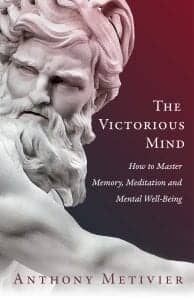
And the best part? Dr. Weber does that too, demonstrating devotion to his main teacher and other teachings he’s benefitted from along the way.
To practice, write out a list of all the people you can think of — and spend time appreciating them with love and gratitude.
A powerful exercise is to sit in your favorite meditation pose and run through the alphabet. Be grateful for one person per letter. (If you can’t think of someone for X or other letters, just skip those letters and move on to the next.)
You can also write to your favorite authors and let them know how much they’ve helped you. Maybe you won’t get a response, but that’s where karma yoga comes in — expectation is the quickest path of suffering, so practice devotion without the need for any particular outcome.
We already talked about one way chanting can benefit memory and concentration, but let’s dig a little deeper into why it helps.
4. Kirtan Kriya (Chanting)
Kirtan Kriya is a very simple chant that has been shown to improve memory and concentration. The practice combines meditation, mudra, chanting, and mantra.
To practice it, bring together four simple sounds with four simple hand movements. The syllables used are Sa Ta Na Ma.
Dr. Weber explains the process well:
At more advanced levels, you can run the mudras (hand movements) while reciting something like the Updasa Saram, which is designed in chains of four lines that perfectly match the hand movements.
And for a real brain workout, you can “skip” syllables or lines. For example, if you start with Kirtan Kriya as Sa-Ta-Na-Ma, you can sound Sa, skip Ta, sound Na and skip Ma — and then invert the process.
Likewise, with a longer piece like Upadesa Saram, you can sound parts 1 and 3 of a line and then loop around to recite 2 and 4.
Skeptical that these games have nothing to do with improving memory?
Look into the Recency Effect, Primacy Effect, and Serial Positioning Effect. These 3 are the rules of memory that govern solid recall — and this post just gave you patterns that harness their power.
And if you want some study-backed proof, researchers at the University of Pennsylvania found that kirtan kriya, when performed daily for 8 weeks, “increased brain activity in areas central to memory” and improved cognition in patients suffering from memory problems.
Finally, we’ll look at the 6th limb of yoga.
5. Dharana (Concentration)
Dharana literally translates to the practice of concentration and one-pointedness of mind (not jumping around from one topic or point of focus to another). When you think of meditation, this is the practice most people engage in.
This form of meditation encourages you to link your breath with concentration on a single object. This object can be real or imagined — the breath, a mantra, or any object of your choosing.
Take a candle, for example. One of the exercises included in the Waking Up app by Sam Harris asks you to do something exactly like this:
As you breathe, allow the image of a candle to arise before you. Focus on it, pondering its proximity to your eyes. Perhaps the flame is lit, or perhaps an inhalation causes it to light. Perhaps each breath causes the flame to waver.
In whatever way you visualize the candle, hold this focus for as long as you can and practice making it unwavering and unbroken.
A candle is just one of many possible objects you can explore. You can use an apple, an imaginary square, or even a person (one way to blend this practice together with Bhakti).
For memory benefits, work with different words or phrases as objects.
For example, instead of memorizing an elaborate piece in Sanskrit, you could pick just one word. “Dharana” itself could do — and to focus on it as an object, dig deep into each individual letter, tracing each shape with your mind.
Finally, no post here at Magnetic Memory Method would be complete without a list of the best books on the topic.
Recommended Reading
Here are some of Anthony’s favorite books about yoga for concentration and memory.
On Having No Head: Zen and the Rediscovery of the Obvious — Douglas Harding
Originally published in 1961, Douglas Harding describes his first experience of “headlessness” or the experience of no-self and waking up.
This book puts this concept in a Zen context while also exploring practices from other traditions.
The publisher says, “If you wish to experience the freedom and clarity that results from firsthand experience of true Being, then this book will serve as a practical guide to the rediscovery of what has always been present.”
The God Virus: How Religion Infects Our Lives and Culture — Darrel Rey
Psychologist and lifelong student of religion Darrel Ray looks at religion in the context of a cultural infection, from the inside out.
He dives deep into an exploration of religion, even looking at the power it has on a person’s thinking and their IQ. It provides an objective look at what religion does to your brain.
Waking Up: A Guide to Spirituality Without Religion — Sam Harris
Sam Harris has long been interested in human consciousness and the possibility of spiritual experience. In Waking Up, he attempts to “show that a certain form of spirituality is integral to understanding the nature of our minds.”
The book offers a rational approach to spirituality, uncovering a clear view of the problem and some tools to help you solve it.
Happiness Beyond Thought — Gary Weber
In this book, Dr. Weber looks at how our minds are filled with endless thoughts and memories, negatively impacting our ability to be happy and live life.
He considers a better approach to happiness, one that allows you to be fully engaged in your life — all by stopping your constant stream of thoughts. Included are tools and practices like yoga postures, pranayama practices, chanting, meditations, thought exercises, and much more.
How Enlightenment Changes Your Brain: The New Science of Transformation — Andrew Newberg and Mark Robert Waldman
The authors of this book look at the neurological roots and causes of enlightenment, including a how-to map of the shifts between states of consciousness.
Newberg’s research and brain-scan studies of spiritual practitioners (from Buddhist meditators to secular rituals) uncovers the specific mechanisms in the brain that are associated with enlightenment.
And according to the authors and their follow up with enlightened people, “Enlightenment offers us the possibility to become permanently less stress-prone, to break bad habits, to improve our collaboration and creativity skills, and to lead happier, more satisfying lives.”
Science of Breath: A Practical Guide — Swami Rama, Rudolph Ballentine, and Alan Hymes
Pranayama is gaining prominence in Western practice as more and more people experience the power of harnessing the breath.
If you want to learn more about the science behind the practices – as well as a how-to of the basic breathing practices of ancient yogis – this book presents pranayama in a way that’s both practical and powerful.
This post examined how yogic practices can improve concentration and focus and the benefits you’ll get from these practices. But how do you apply that knowledge?
Yoga to Increase Concentration and Memory Power
It’s time to say goodbye to questions like “where did I put my…” for good!
You now have a comprehensive understanding of how the ancient practices of asana, pranayama, and the other components of yogic history and practice can improve your memory and concentration.
To get the most out of this post, your next steps are to implement what you learned. But take it from me — the best approach is to take it one small step at a time.
It can be tempting to think you’ll magically wake up tomorrow morning and meditate, do yoga, get in a couple of rounds of both pranayama and chanting, read a chapter out of one of the books listed…
But like all habits, it takes time to build up a regular practice.
So rather than going full speed ahead and burning out after a couple of weeks (hello, New Year’s resolutions), pick ONE thing from the list and commit to a daily practice.
For example:
Schedule 10 minutes into your daily routine right now, and decide which of the practices in this post you’ll stick to. It could be a quick yoga flow, a few rounds of 2 kinds of pranayama, or a Kirtan Kriya cycle.
Whatever you choose, set a schedule for at least a couple of weeks and stick to it!
Daily practice makes all the difference — I just passed the 2-year mark of meditating at least 10 minutes every single day (and I started a regular meditation practice back in 2014).
I can say from experience that my brain works so much better when I meditate in the mornings.
And if you’d like to remember all the above, please be sure to sign up for my FREE Memory Improvement Kit:



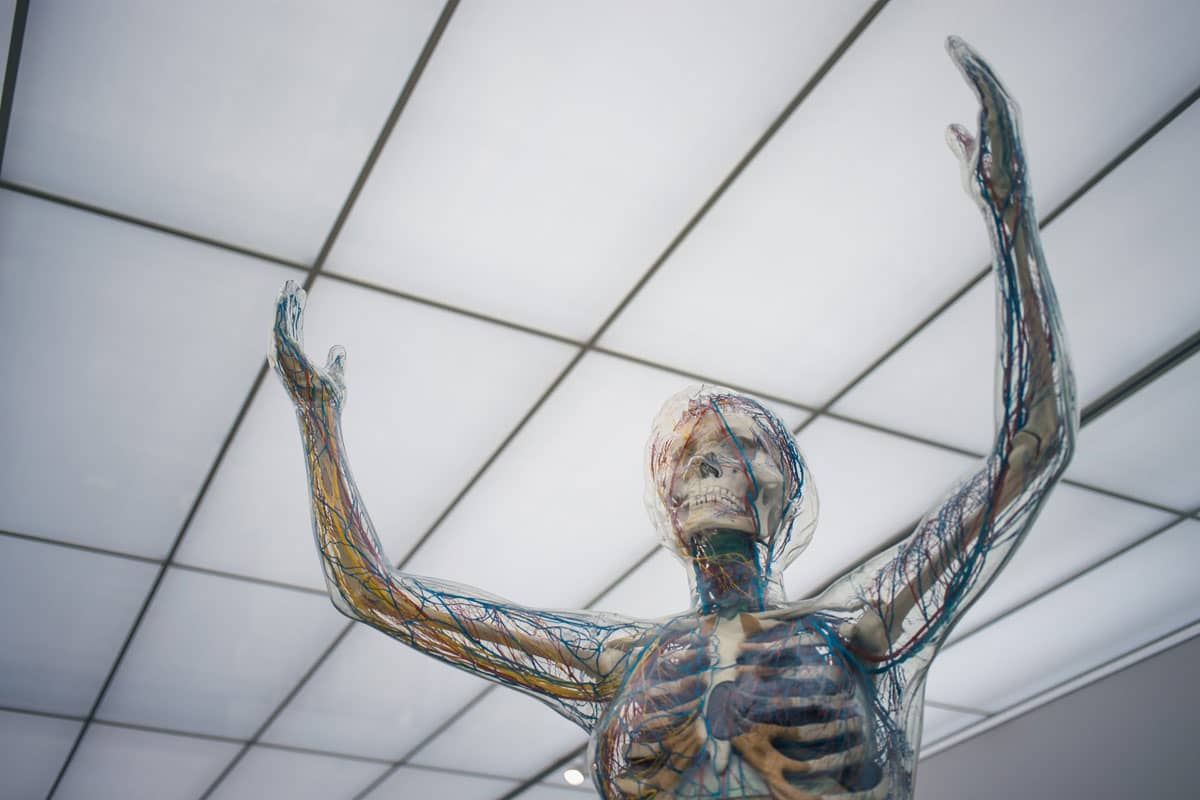
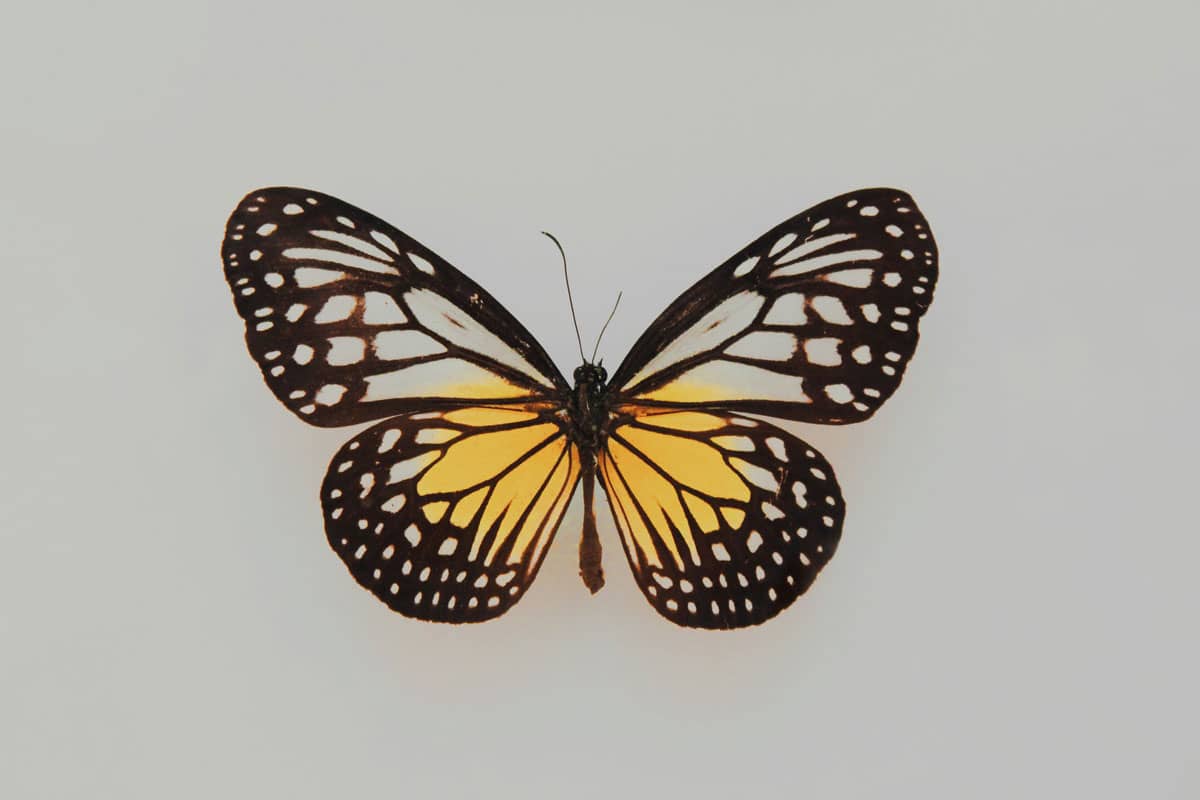
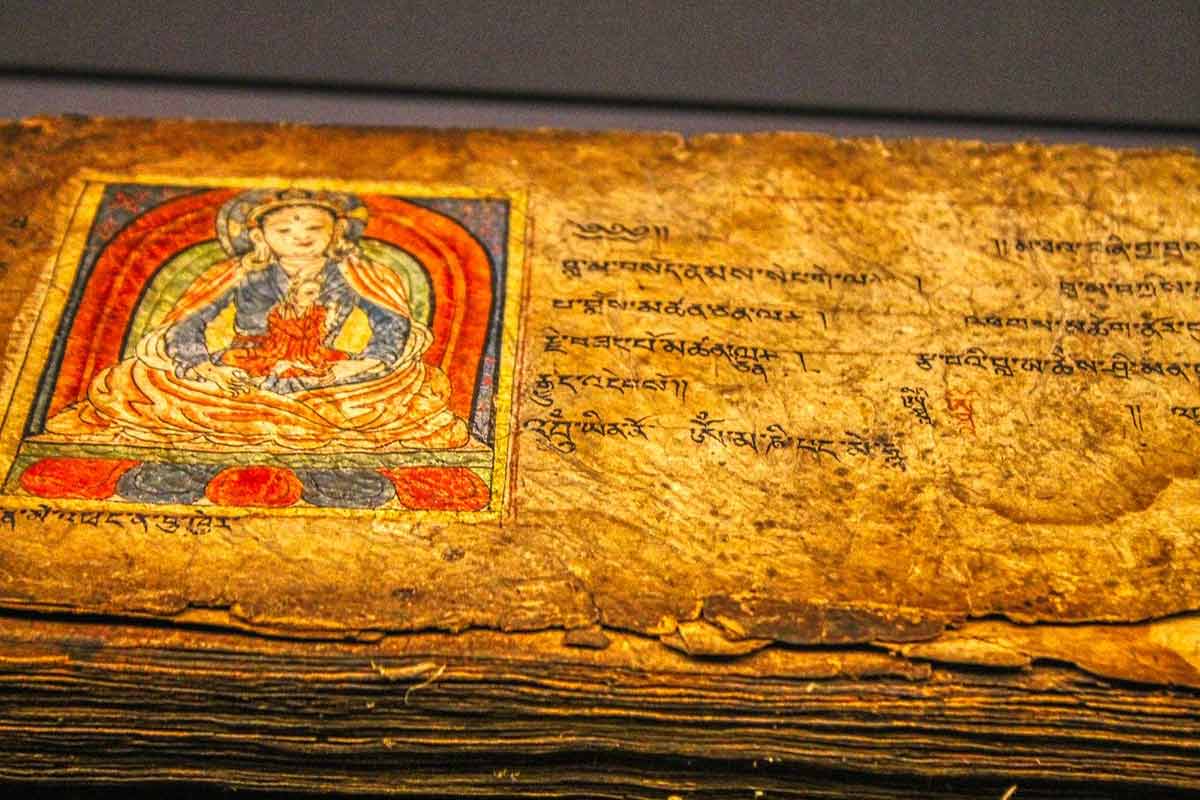

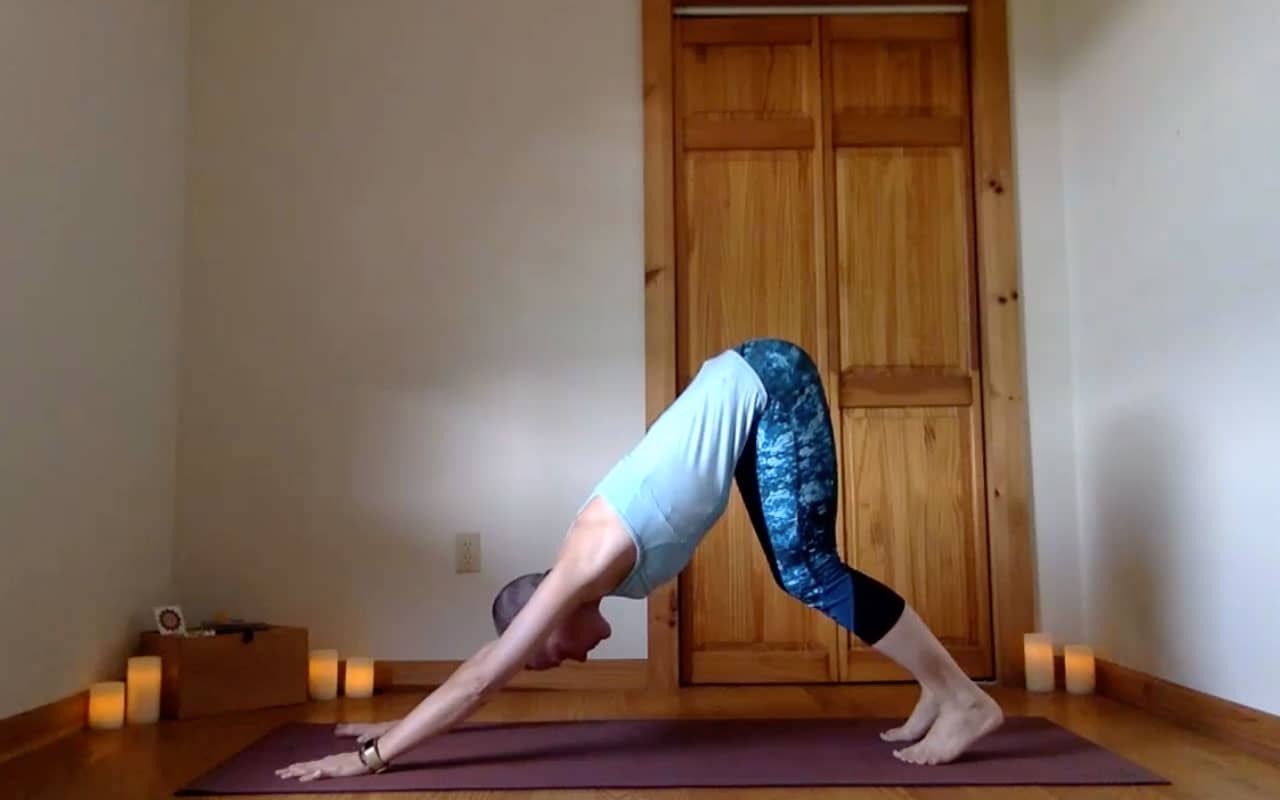

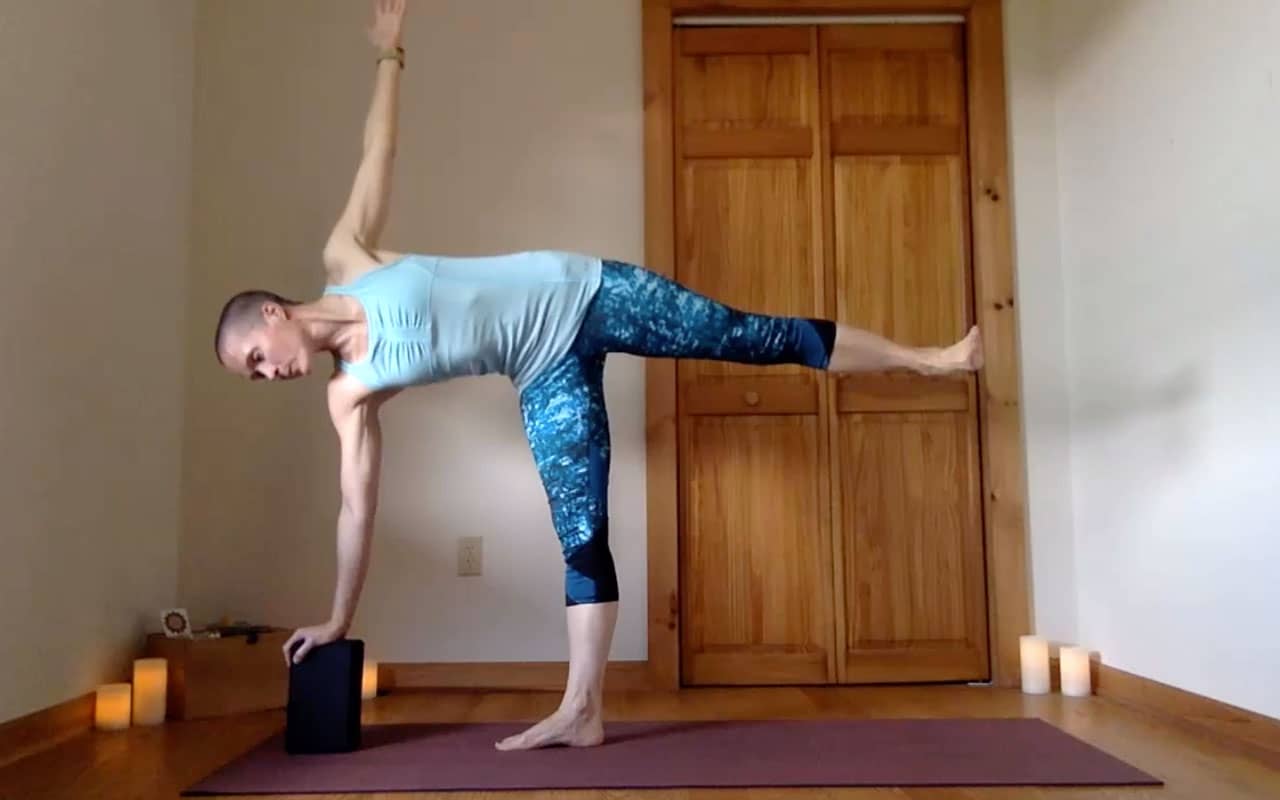

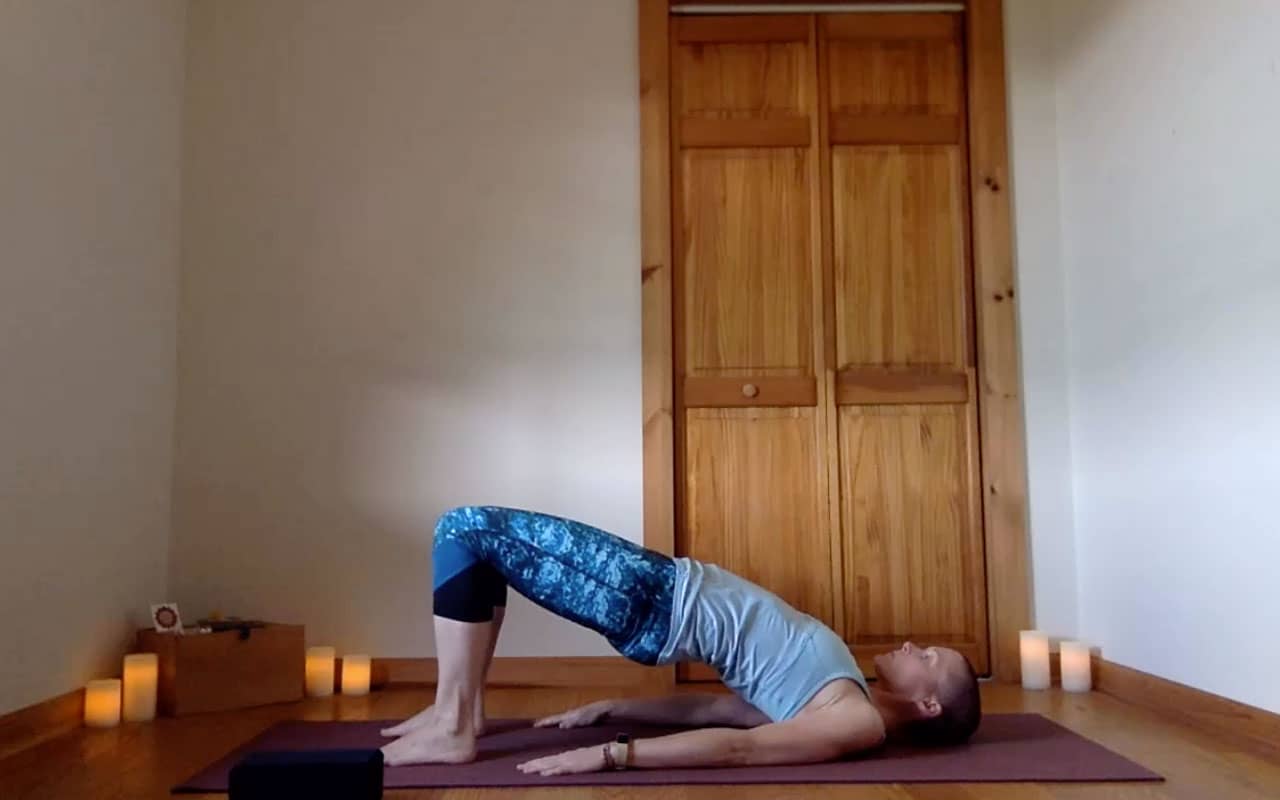

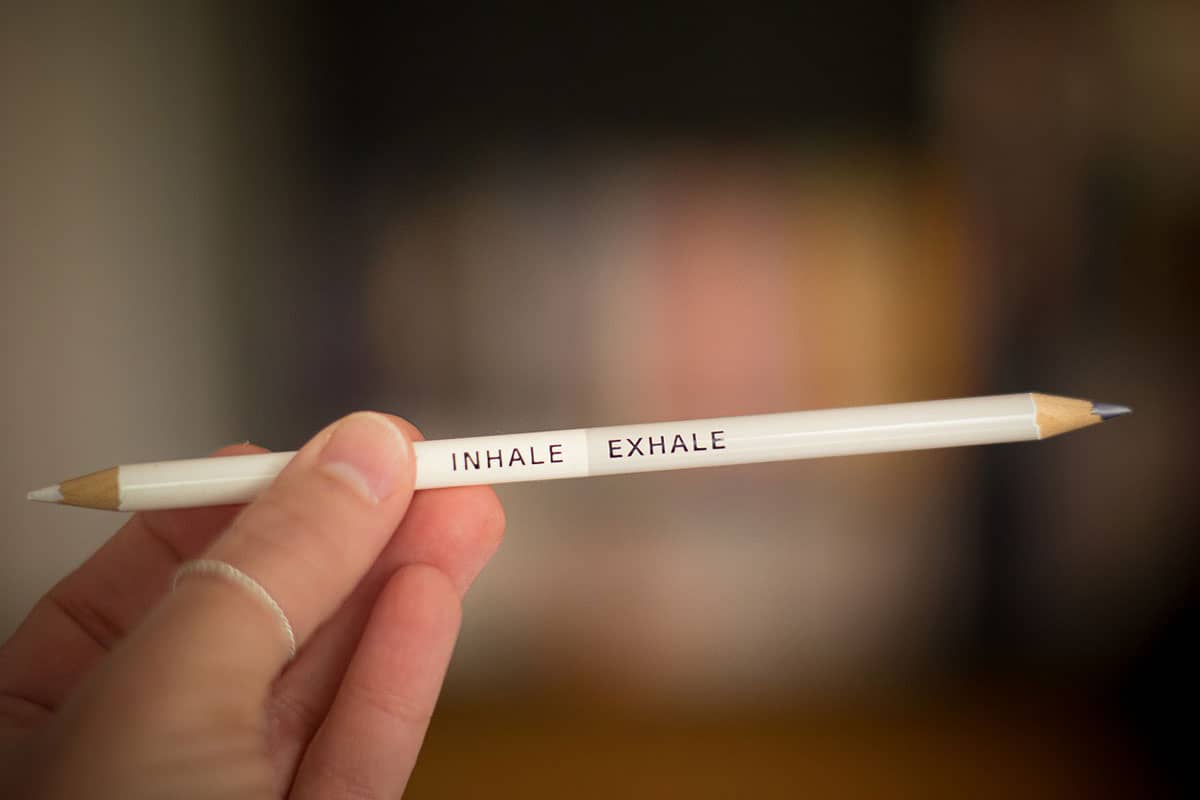
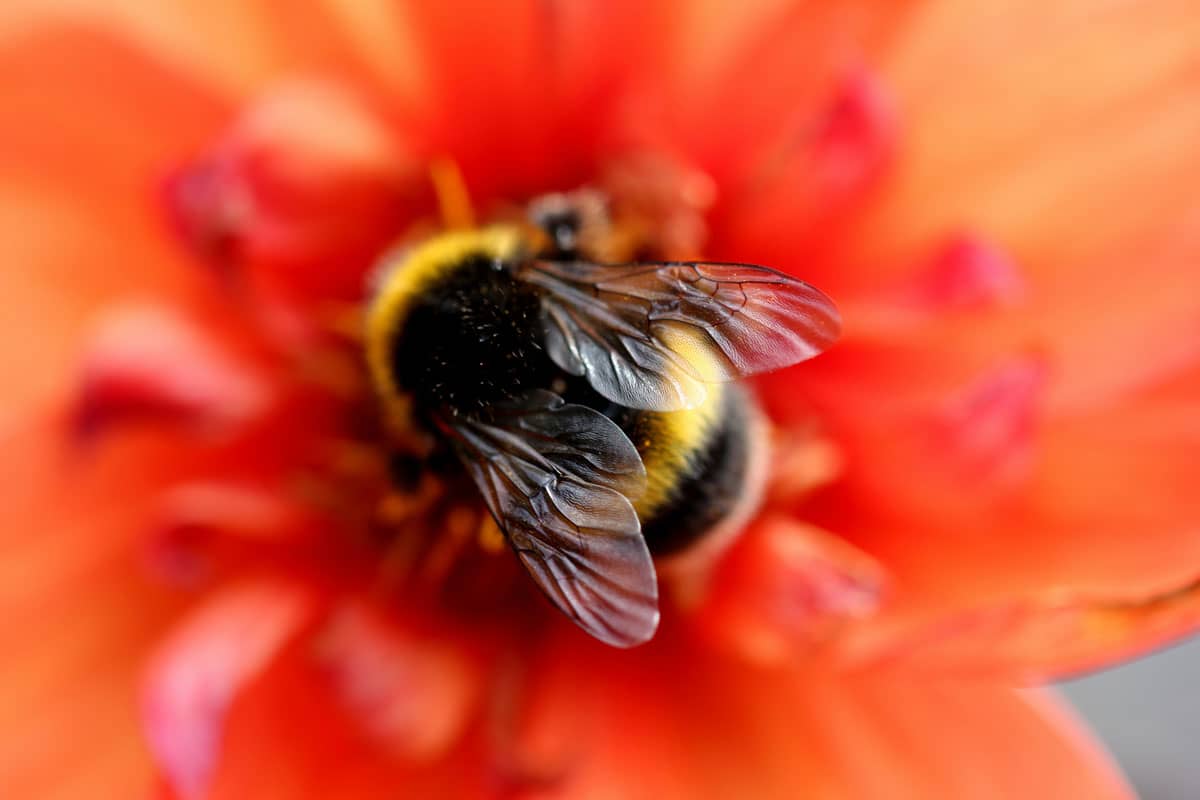



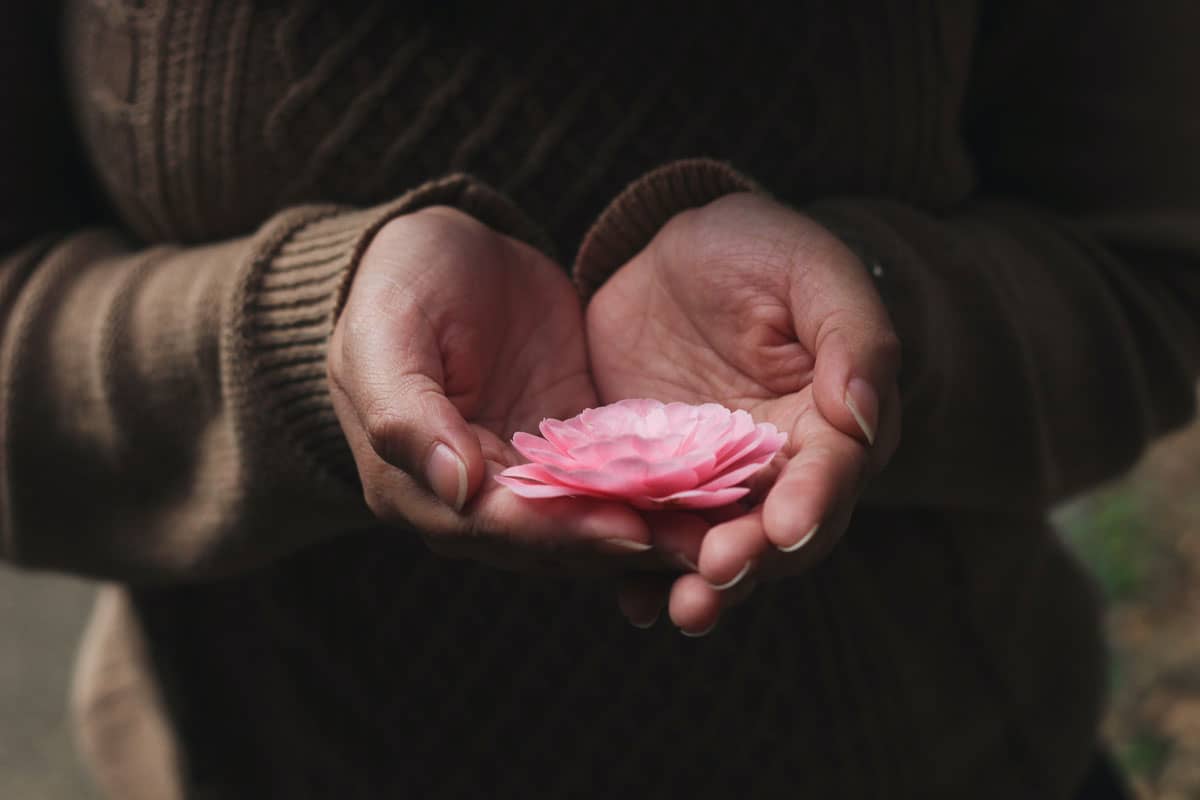
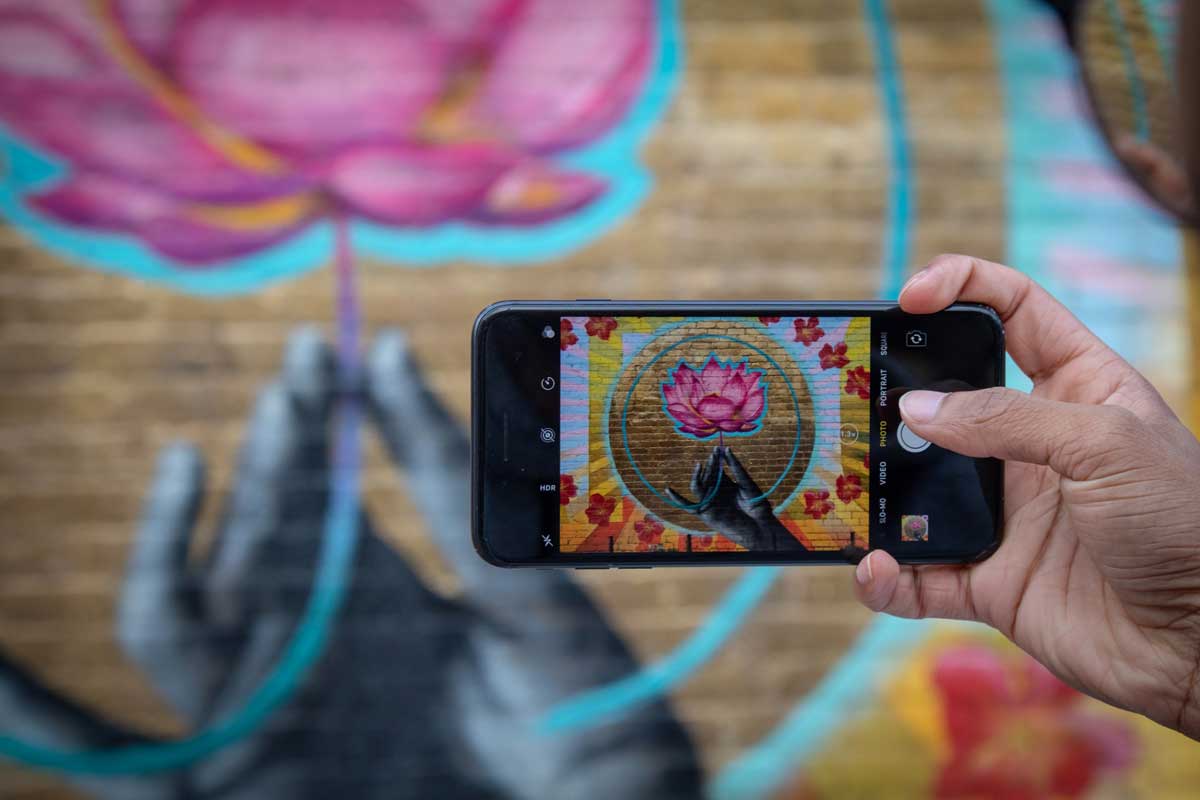
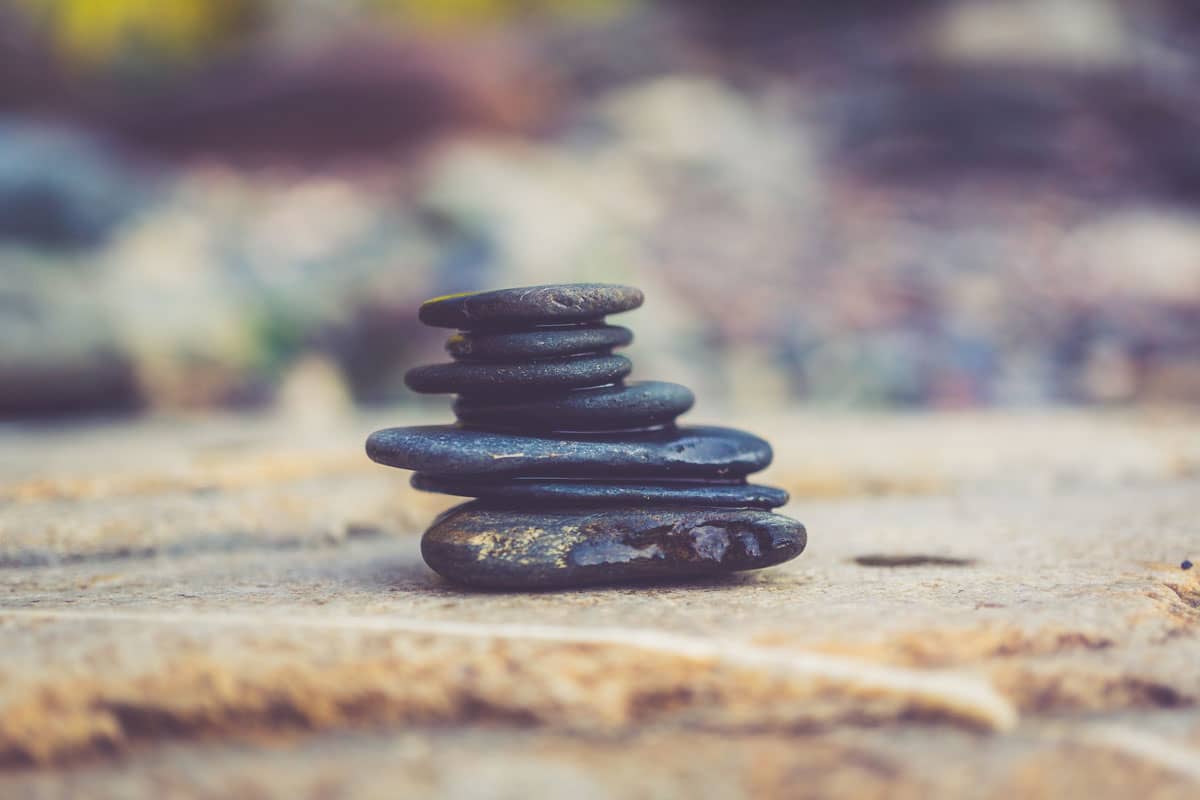
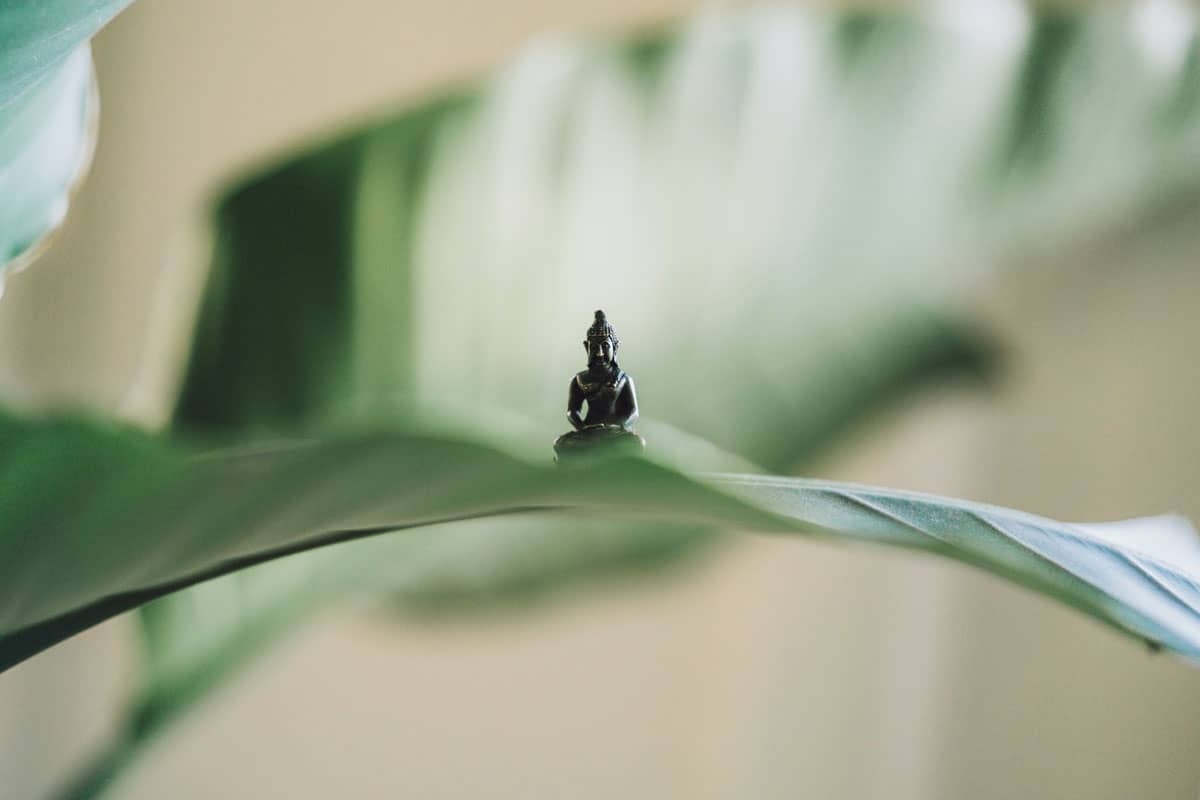
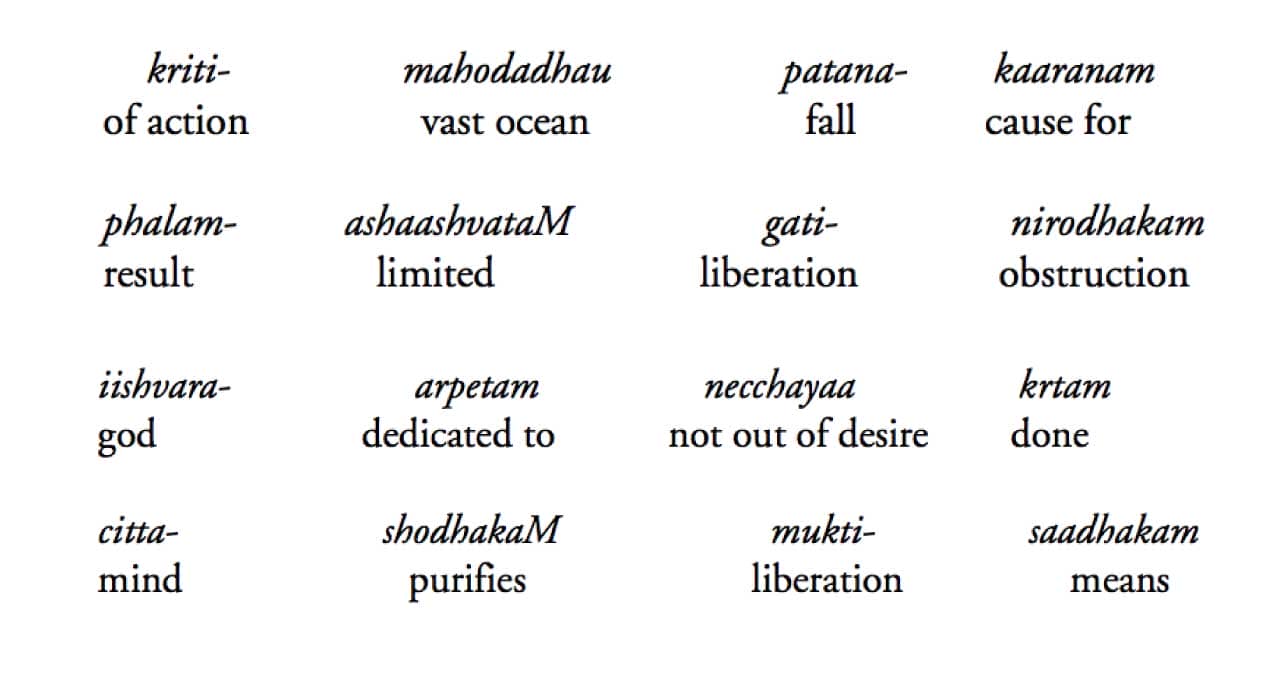
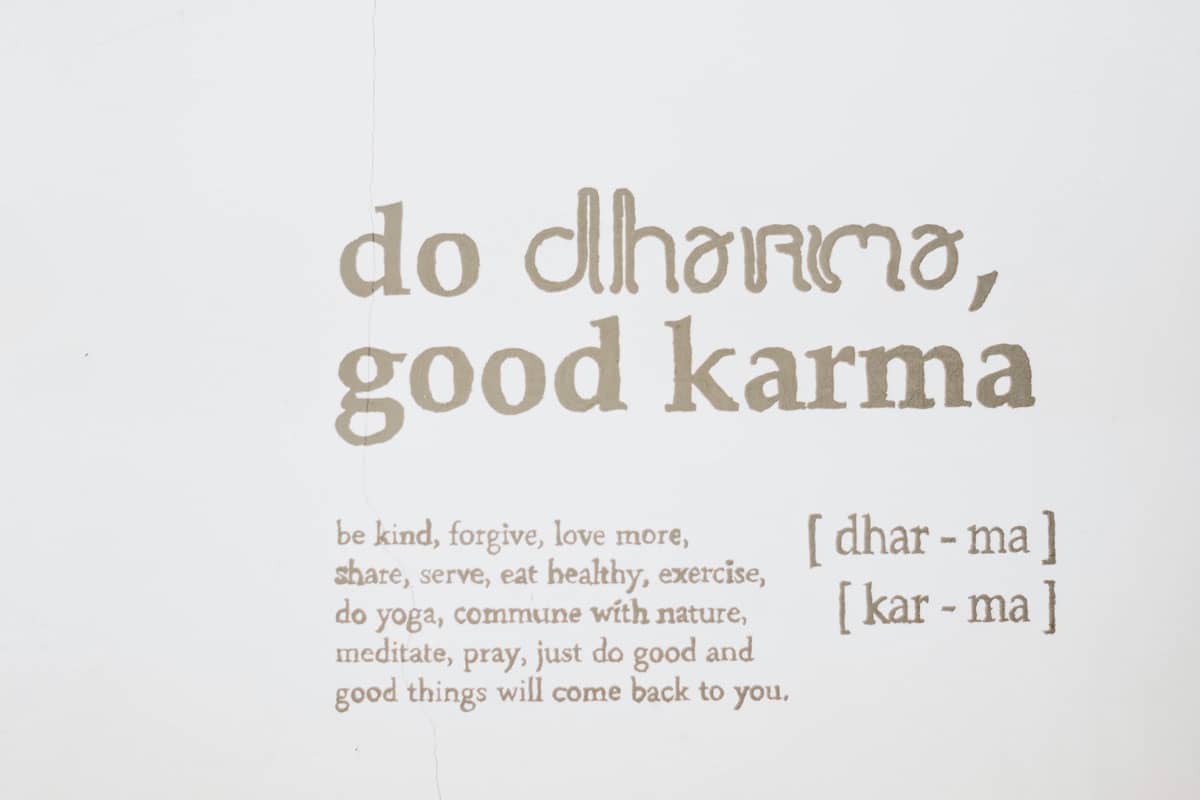


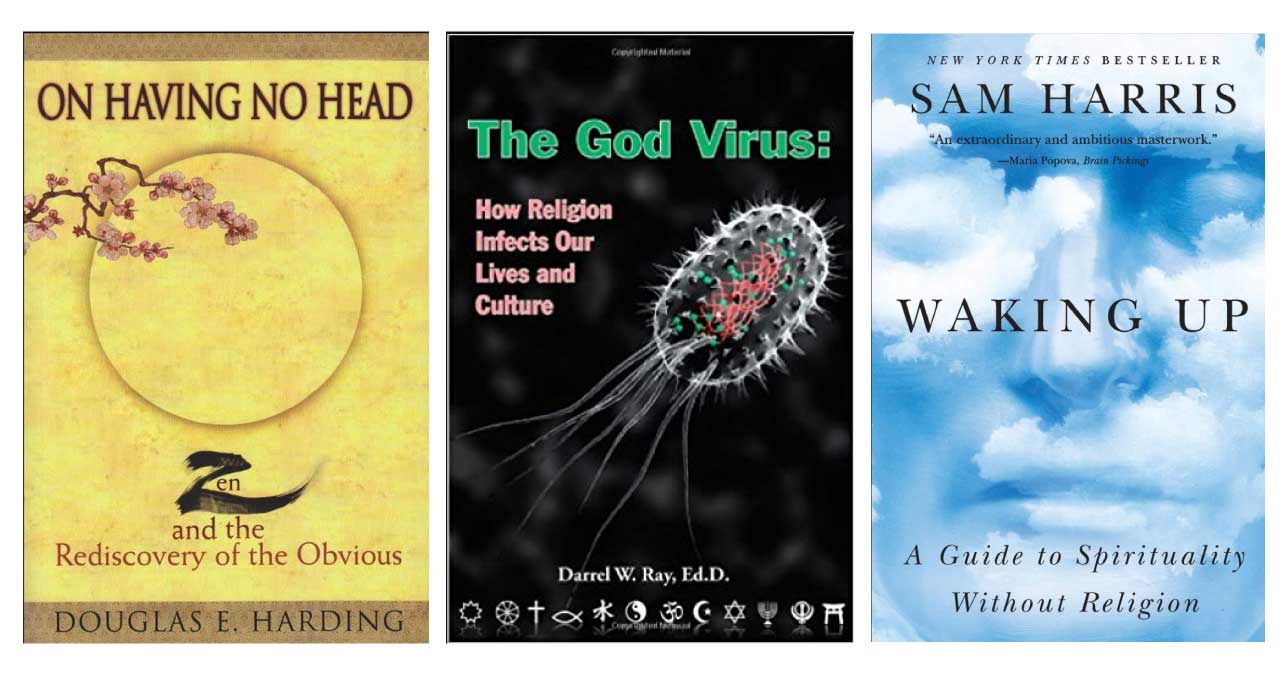
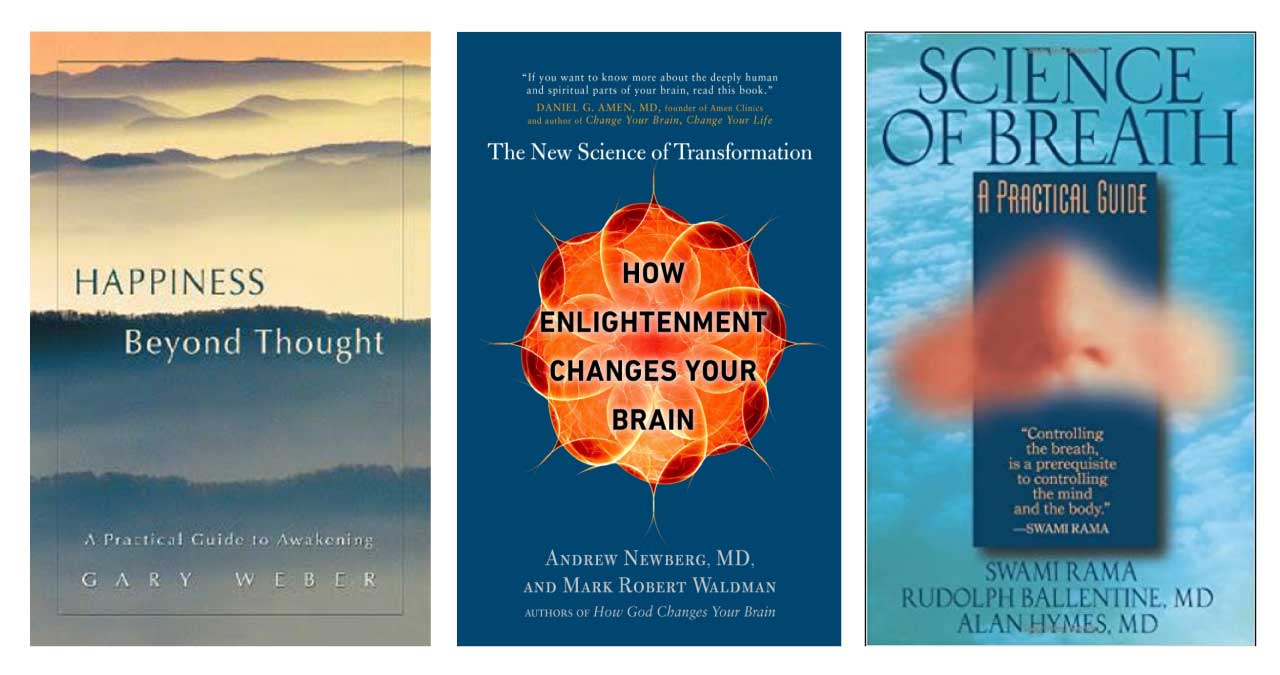





Excellent post, Jessica – this is one to bookmark for sure!
Thanks, Leanne! That’s high praise coming from you – glad you enjoyed it!
Thanks for checking it out!
Very thorough and insightful guide, Jessica. So much to learn, but like you said, start small. I think this type of practice also helps your memory because being in tune with your body involves multiple touchpoints of biofeedback in yoga. This will help you pinpoint when you are reaching the cognitive load capacity in your multitasking. What do you think? If you are quieting your mind, you might know when it’s getting busy. Excited to try the gratefulness exercise with the alphabet and the Warp technique. Thanks again.
Interesting that you mention multitasking, Jeff.
One thing yoga and memory seem to share is that you actually can do several things at once. For example, when I do memory demonstrations and memorize all the names in the room, I’m definitely doing several things all at the same time by combining elaborative encoding with the Memory Palace technique and serial positioning to place primacy and recency on each name as new names come in.
You can also experiment with embracing multiple names at once during gratitude exercises. If you think of the names alphabetically and create a kind of palimpsest (either horizontal or vertical), there is at least a feeling that you’re concentrating on gratitude for more than one individual at once. It’s powerful.
Thanks, Jeff! I’m glad you enjoyed the post. And I think it’s not just pinpointing cognitive load capacity – the practices really help with all aspects of intuition and self-knowledge. You really start to trust your gut and have a better sense of what’s best for you across the board. Like you mentioned to Anthony, we really are just scratching the surface of our mind-body capacity. Here’s to self-study and the positive benefits!
Thanks, Anthony. I’ll definitely have to try that as I get better at following the procedure. I can imagine it would be powerful. It’s that feeling of us only scratching the surface of the mind and body’s potential.